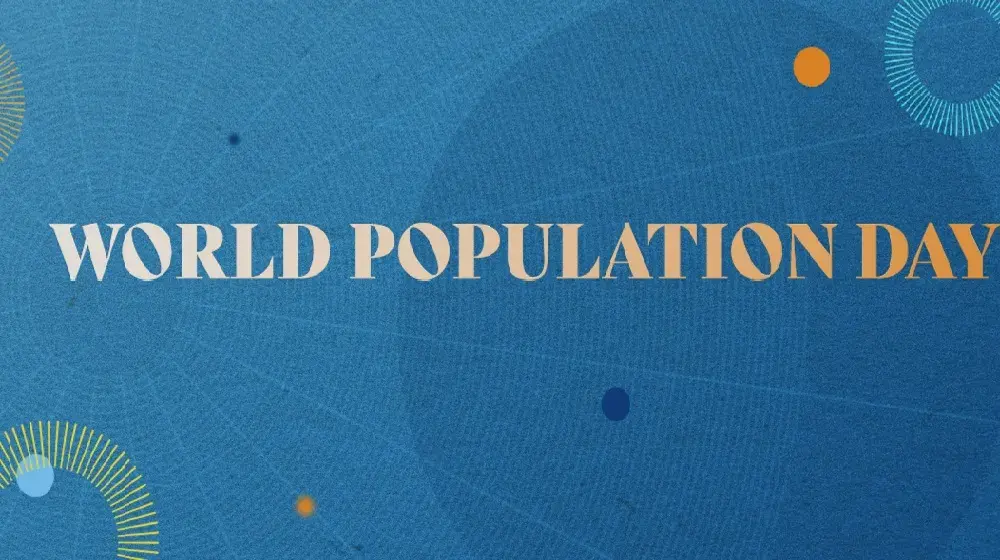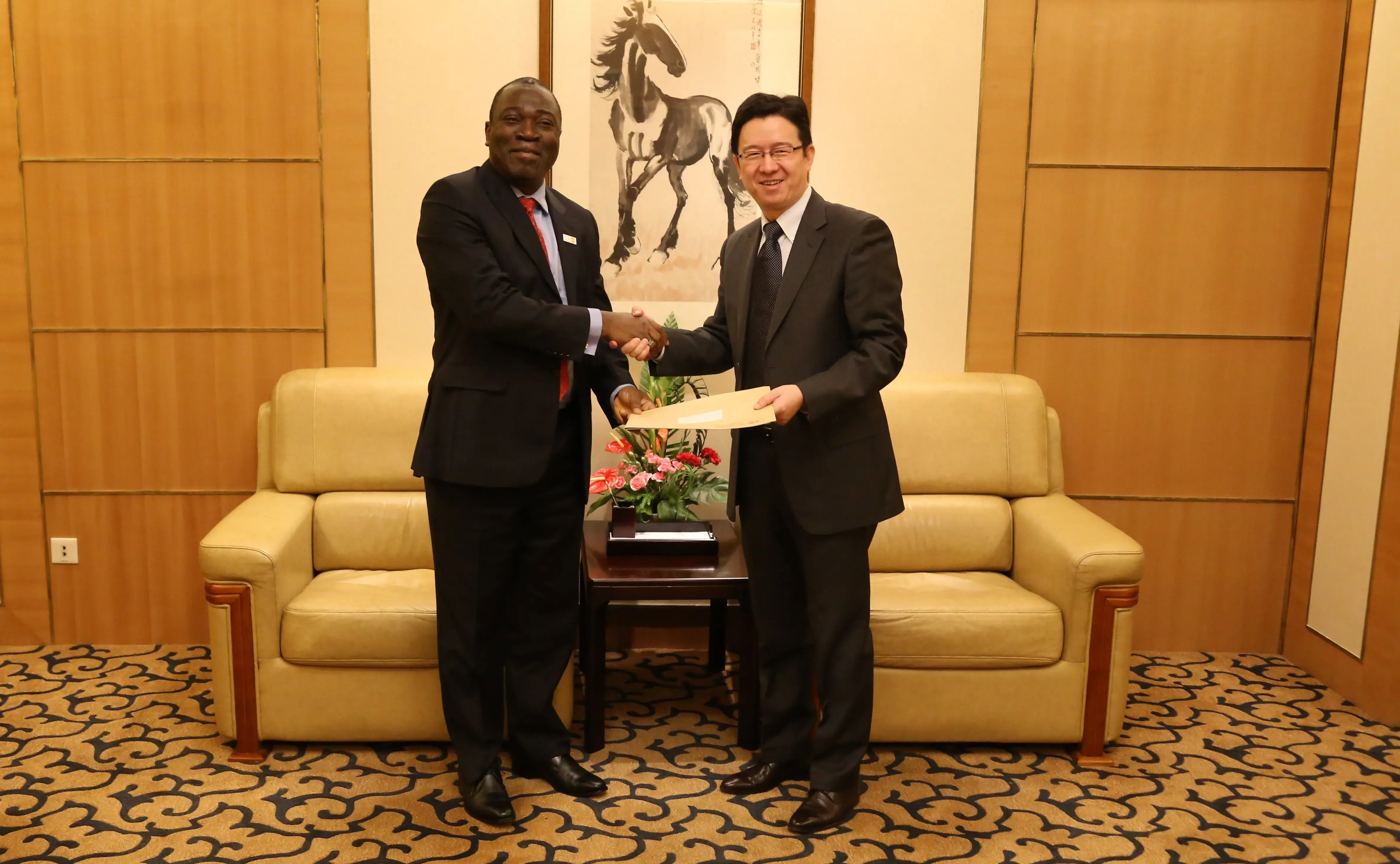Rights and choices are the answer: Whether baby boom or bust, the solution to shifting fertility rates lies in prioritizing the reproductive health and rights of all people
In this second year of COVID-19, we are suspended in an in-between state, where parts of the world are emerging from the deep recesses of the pandemic while others are locked in battle with the coronavirus as access to vaccines remains a distant, deadly reality.
The pandemic has compromised health care systems particularly in the area of sexual and reproductive health. While those with access to sexual and reproductive health services historically delay childbearing in times of fiscal uncertainty or crisis, disruptions in supply of contraceptives in combination with lockdowns are predicted to result in a sharp rise in unplanned pregnancies for the most vulnerable. According to UNFPA research in March, an estimated 12 million women experienced disruptions to family planning services.
It also exposed and exacerbated gender-based inequities: gender-based violence increased under lockdown, as did the risk of child marriage and female genital mutilation as programmes to abolish the harmful practices were disrupted. Significant numbers of women left the labour force – their often low-paying jobs were eliminated or caregiving responsibilities for children learning remotely or for homebound older people increased – destabilizing their finances, not just for now but in the long run.
Against this backdrop, many countries are expressing growing concern over changing fertility rates. Historically, alarmism over fertility rates has led to abrogations of human rights. In places with rising populations, harmful policy responses have included coercive family planning and sterilization. In others, access to contraception may be restricted.
UNFPA advises against reactionary policy responses, which can be extremely harmful if they violate rights, health and choices. Instead, the agency calls for prioritizing reproductive health and rights for all through access to information and services in the face of fertility and demographic shifts. During the pandemic, disruptions in sexual and reproductive health services are aggravated where such services are deemed inessential. There are fears that the crisis could be exploited as an excuse for restricting or failing to support women’s and girls’ decision making, agency, freedom of movement or access to health services. Experience has shown UNFPA that responses focused narrowly on fertility often do not work. For instance, financially incentivizing fertility does not lead to sustained higher birth rates in low-fertility countries. Alternatively, demographic changes can present opportunities for holistic responses, for example, through family support and child-care systems accompanied by efforts to ensure higher levels of gender equality.
Ultimately, women must be empowered educationally, economically and politically to exercise choice over their bodies and fertility.
Themes and angles
Continuity of essential services: This World Health Organization survey shows how family planning services was one the most extensively disrupted health services globally.
The effects of the pandemic on maternal and fetal outcomes: A medical review found increases in maternal deaths and stillbirths since the pandemic began, with great disparity between high and low-resource countries.
The impact of COVID-19 on women and girls with disabilities: An impact assessment on how the pandemic undermined sexual reproductive health and rights and the right to bodily autonomy of this particular group.
Upholding the rights and dignity of older persons: The pandemic has wreaked a devastating toll on this generation. This resource lays out a joint programme between UNFPA and other United Nations agencies and civil society stakeholders to improve health care and social services.
Fertility and population ageing in the Asia-Pacific Region: While too early to determine the impact of COVID-19 on fertility in this region, this report delves into potential impacts on trends, patterns and choices. This paper addresses population ageing against a backdrop of low fertility rates.
Responding to demographic changes in Europe and Central Asia: An overview of the Demographic Resilience Programme to address population dynamics in this region.




